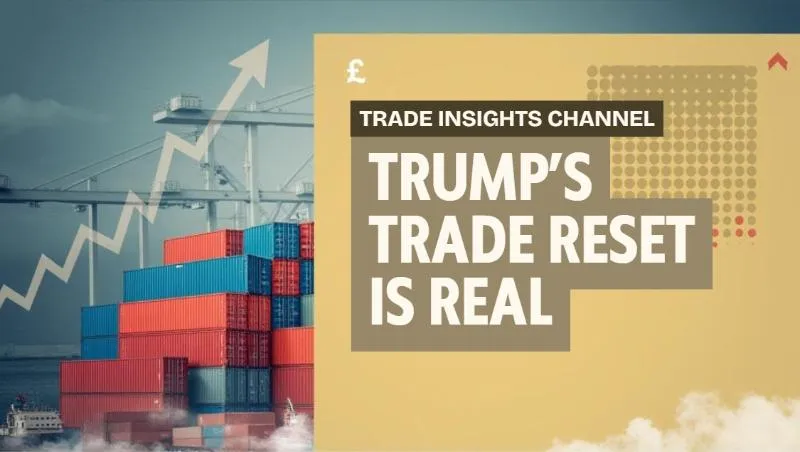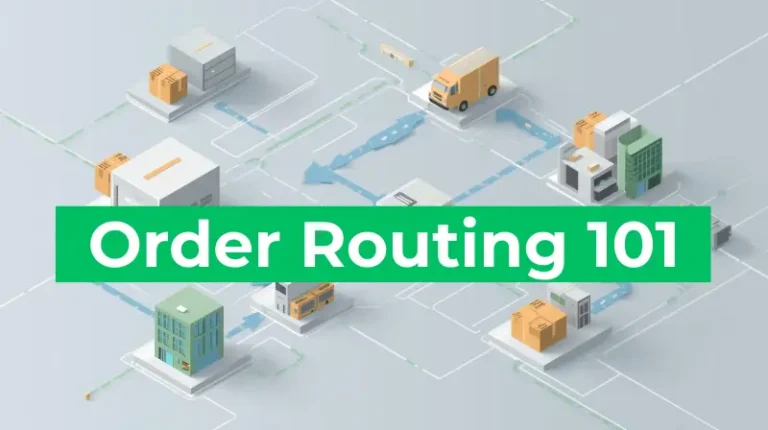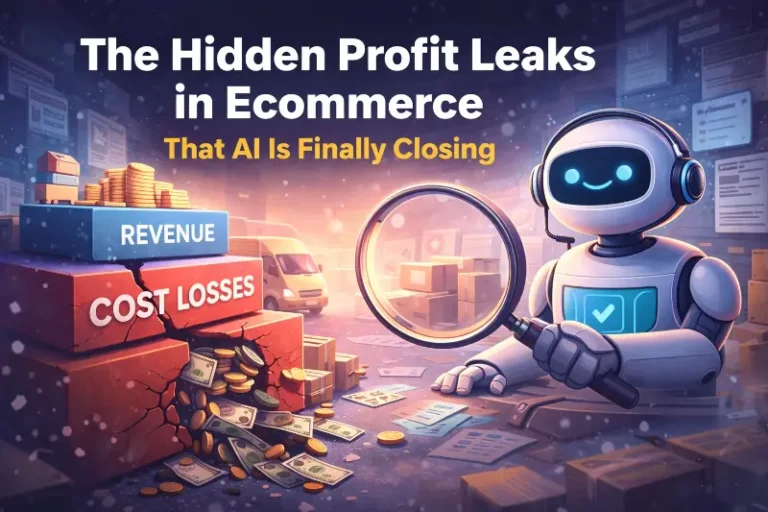Brace Yourself: Trump’s Tariffs Are Triggering the Next Ecommerce Reorg

Last updated on August 11, 2025

Trump’s tariffs went live on August 7th, and yes, it’s messy. What we’re seeing now isn’t just numbers on a chart; it’s a full-on rattle through supply chains, pricing, strategy, and even brand identity.
What Just Happened?
On August 7th, the U.S. government implemented sweeping tariff hikes that have been repeatedly postponed since their introduction, affecting dozens of nations. Countries like Canada, the EU, Japan, South Korea, India, Brazil, and more were hit with new duties ranging from 10% to 50%. Some sectors, like semiconductors, face tariffs as high as 100% unless manufacturing is brought stateside. The expected impact? More than $300 billion in annual tariff revenue, up from $77 billion last year.
This Isn’t a Trade Skirmish, It’s a Strategic Reset
This isn’t like the 2018 China tariffs. This time, the scale is broader and the penalties more targeted. India was hit with 50% tariffs over its ties to Russian oil. Copper got a 50% tariff starting August 1. Switzerland faces 39%, Canada 35%, Brazil 50%. Even long-time allies like the UK didn’t get spared: 10% baseline. There’s no hiding behind “friendly” supply chains anymore.
Slash Your Fulfillment Costs by Up to 30%
Cut shipping expenses by 30% and boost profit with Cahoot's AI-optimized fulfillment services and modern tech —no overheads and no humans required!
I'm Interested in Saving Time and MoneyWhy Ecommerce Sellers Should Be Nervous
If you’re sourcing electronics, semiconductors, base metals, or consumer packaged goods from affected regions, your landed cost just exploded. The buffer of inventory on hand might help… for a few weeks. But when it runs dry, restocks will be brutally expensive unless you pivot your sourcing strategy fast.
Retailers without diversified suppliers are about to enter a pricing war with themselves, eat the cost, or pass it on? Neither is good for brand perception.
5 Real Impacts on Ecommerce Brands
- Skyrocketing COGS. Raw materials and components are suddenly 10 – 50% more expensive, especially for those sourcing from India, Canada, or Brazil.
- Last-minute rerouting. Brands are scrambling to shift to Mexico or Southeast Asia, where tariffs are lower, but contracts and production timelines are tight.
- Inventory imbalance. Expect overstocked goods from pre-tariff suppliers to get pushed while new SKUs are delayed or repriced.
- Customer confusion. Sudden price hikes with no explanation erode trust, especially on marketplaces like Amazon.
- Legal grey zones. Some of these tariffs are still under judicial review; brands don’t know if the fees will hold or be clawed back.
Cahoot’s Perspective: How to Stay Ahead
Now’s the time for every brand to get ruthlessly tactical. Here’s what we’re advising:
Run a tariff impact audit. Map every supplier and part by country of origin and assign risk scores based on tariff exposure.
Explore nearshoring. It’s not just about dodging tariffs. Shipping from Mexico or within the U.S. cuts days off delivery, which improves conversion and reduces return risk.
Bulk up on compliant SKUs. If your bestsellers are safe from tariffs, frontload inventory now before competitors drive up lead times.
Communicate with clarity. If prices are going up, don’t hide it. Build transparency with customers: “We’re adapting to global cost shifts, and here’s how we’re keeping value strong.”
Simulate, don’t speculate. Run three scenarios: full tariff continuation, partial rollback, or legal reversal. Adjust pricing, sourcing, and fulfillment options in advance, not in panic mode.
Final Thoughts
This is not a twilight event; it’s full daylight chaos in trade policy. Tariffs are real, they’re sweeping, and they’re reshaping cost equations, routing logic, and sourcing playbook. Ecommerce operators, logistics strategists, you’ve got work to do. But with foresight, modeling, and a little ingenuity behind you, you’ll not just survive, you’ll adapt, pivot, and thrive.
Looking for a New 3PL? Start with this Free RFP Template
Cut weeks off your selection process. Avoid pitfalls. Get the only 3PL RFP checklist built for ecommerce brands, absolutely free.
Get My Free 3PL RFPFrequently Asked Questions
Which countries are impacted most by Trump’s 2025 tariffs?
India (50%), Brazil (50%), Canada (35%), Switzerland (39%), and the EU (20 – 30%) are among the most heavily impacted. Over 90 countries are affected to date.
How will these tariffs affect ecommerce pricing?
Higher tariffs will raise costs for imported goods, forcing brands to either increase prices or take margin hits. Electronics, apparel, and raw materials will see the sharpest increases.
Are there legal challenges to these new tariffs?
Yes, a May 2025 court ruling deemed some of these tariffs unconstitutional, but that decision is under appeal. The legal outcome remains uncertain.
What can brands do now to mitigate risk?
Conduct a sourcing review, prioritize low-tariff countries, adjust pricing strategies, and use platforms like Cahoot to test fulfillment and inventory models under different trade scenarios.

Turn Returns Into New Revenue


 4 minutes
4 minutes


